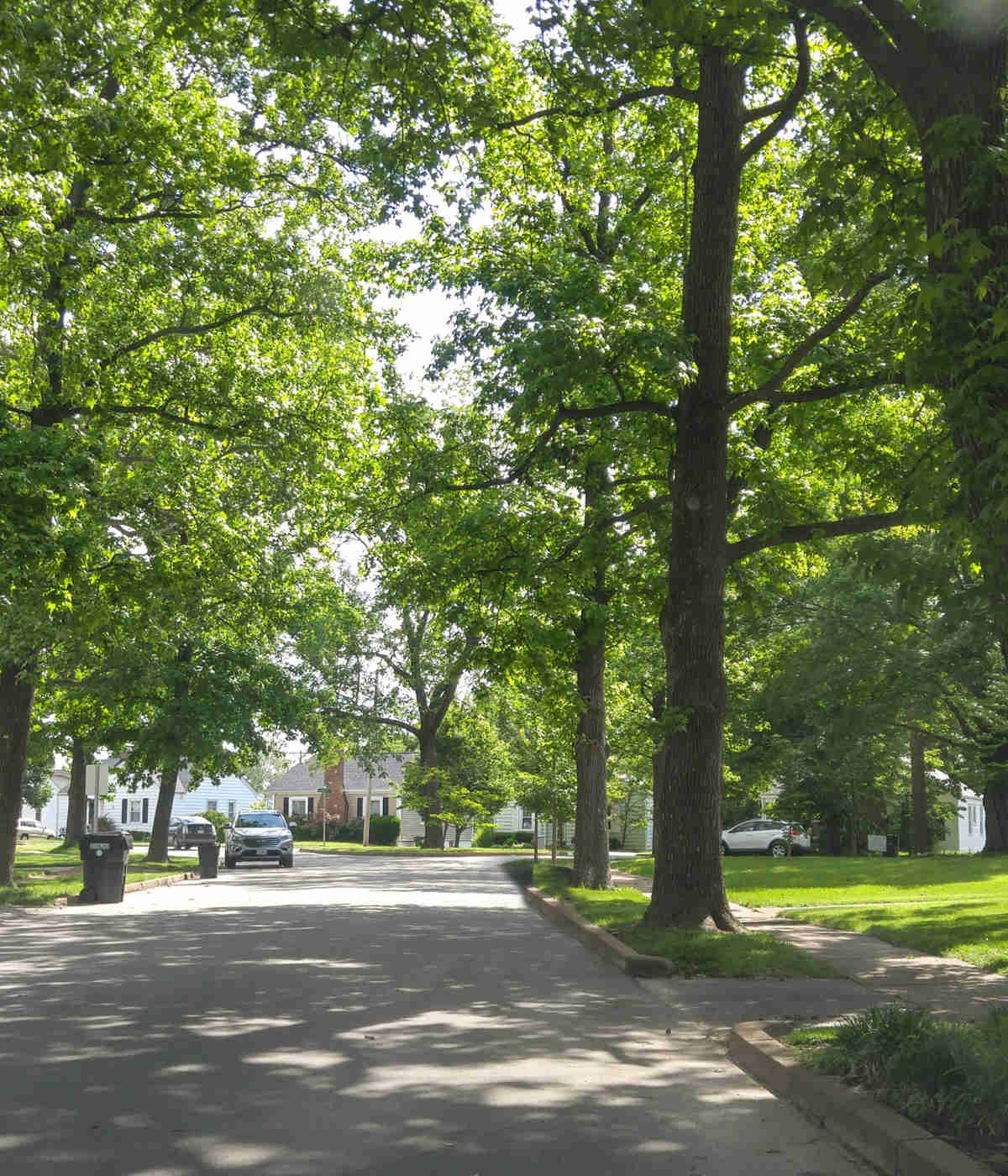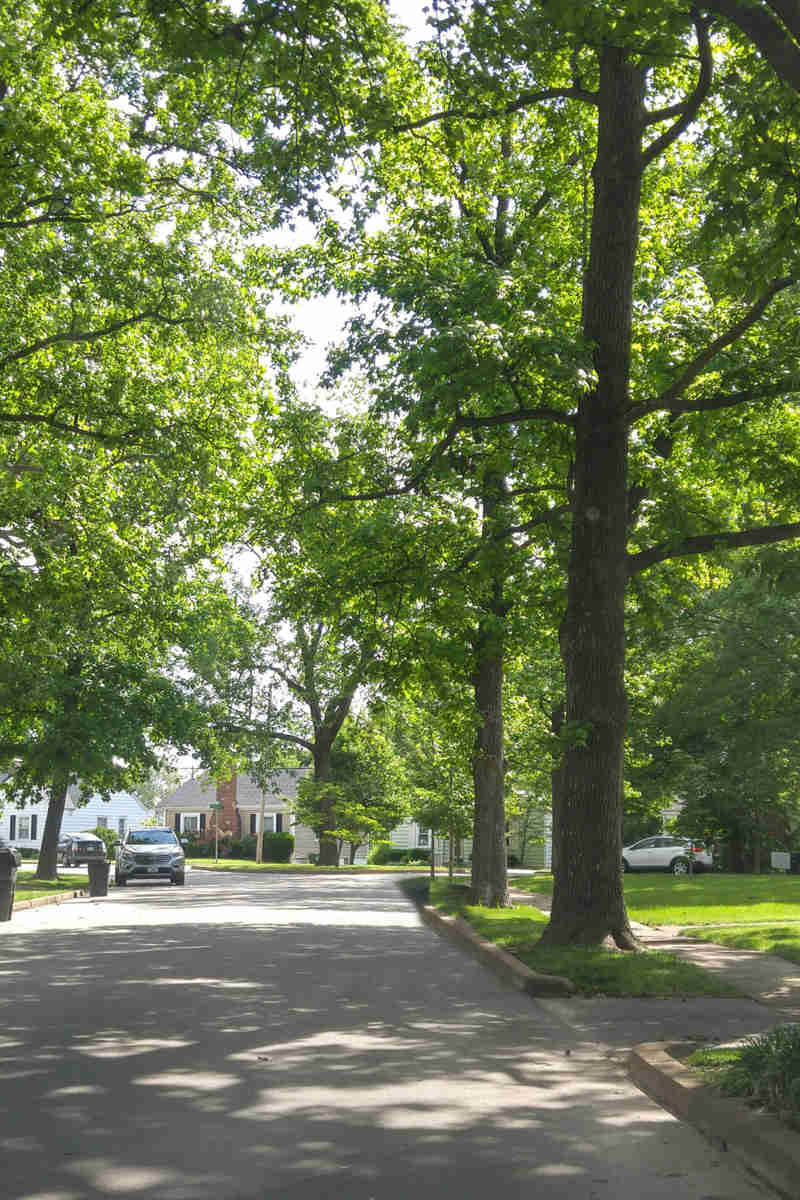In November 2023, the USDA issued an updated Plant Hardiness Zone map. This tool was designed to provide guidelines on what plants to install in their environment, based on the average coldest temperature recorded in a specific area. Even if you’re familiar with the map, you may have heard the news and asked yourself some questions…
Do hardiness zones change? Yes! The map – last updated in 2012 – shows updated hardiness zones across the U.S., and with 30 years of data, represents a more accurate and reliable temperature scale than the previous version. The zones are representations of the average coldest temperatures over a 30-year period, gathered from 13,412 weather stations - a significant increase compared to the 7,983 used in the 2012 map.
So what is a USDA plant hardiness zone? Zones are mapped based on the lowest annual winter temperatures at specific locations, divided into 10-degree Fahrenheit zones, with 5-degree sub-zones – A and B for each – based on the average temperatures reported from each weather station. In other words, if the average low temperature recorded by a weather station in your area is between 20 and 30 degrees, you’re in zone 9 – and more specifically, if the average is 20-25 degrees, that’s zone 9a, and 25-30 degrees will be zone 9b. The same logic applies if your average is 10-20 degrees, you’re in zone 8, and so on.
How This Change Could Affect Your Commercial Property
Obviously a map itself doesn’t change the way plants and trees will react to your environment, but the underlying temperature changes can. The USDA Hardiness Zone maps were also updated in 1990 and 2012 to reflect warming winters, and overall, this updated map represents a 2.5 degree increase across the contiguous U.S. And as climate change becomes a bigger issue every year, these changes represent a long-term trend consistent with projections of climate change models.
There are, however, some things to consider when looking for new plants or trees for your commercial property. Although it’s not a big increase, knowing what the average low temperature is for your area can open doors to new varieties of plants. As the USDA hardiness zones change, you may be able to start incorporating species that do better in a warmer climate than what you currently have on your property.
But Be Careful…
It’s important to consider that with new plants come new pests, new diseases, and invasive species for your commercial property and the larger ecosystem as a whole. Warmer winters give pests a better chance of survival from year to year, and increased temperatures can let fungi and other pathogens make it through the seasons as well.
Partnering with a landscape and tree care provider who can assist in developing a plant health care program is a key step to ensuring that your current plants and trees, as well as any new species you’ve added are protected from incoming threats.
No matter what USDA plant hardiness zone you call home, knowing which plants and trees can thrive in your climate will help keep your commercial property looking its best, year after year. Plus, with the right choices, you can help reduce supplemental maintenance and enjoy a more sustainable landscape that needs less attention.



